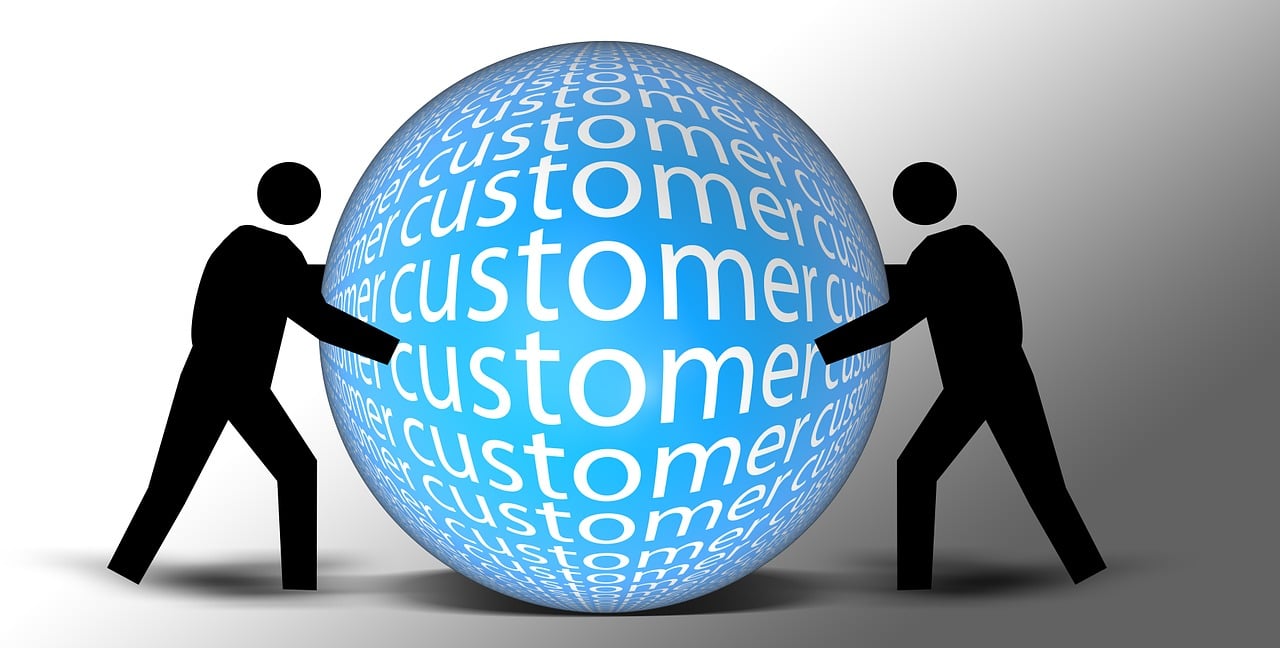How CRM Unlocks Audience Insights
Ever wonder how businesses seem to know exactly what you need before you do? The secret often lies in how they use Customer Relationship Management (CRM) systems.
For marketers, defining a target audience isn’t guesswork—it’s data-driven. A CRM provides deep insights into customer behavior, preferences, and interactions, enabling businesses to refine their marketing strategies and maximize engagement.
In this article, we’ll cover:
What a CRM is and how it works
Why CRM is crucial for defining your target audience
How to use CRM data to segment, analyze, and engage customers effectively
Let’s get started!
What Is a CRM?
A Customer Relationship Management (CRM) system is a software tool that helps businesses track, manage, and analyze customer interactions. Think of it as a centralized hub that stores:
Customer contact details (name, email, phone)
Purchase history & preferences
Email & social media interactions
Customer service interactions & inquiries
Beyond storing data, CRMs are powerful marketing tools that allow businesses to:
Segment customers based on behavior and demographics
Track customer journeys to refine messaging
Automate and personalize marketing efforts
Why does this matter? Because understanding your audience leads to better engagement, stronger relationships, and increased sales.
Why Is CRM Essential for Defining Your Target Audience?
Marketing without audience insights is like throwing darts in the dark—you might hit the target occasionally, but you’ll miss more often than not.
A CRM helps businesses clearly define their ideal customers by offering:
1. Centralized Customer Data
Eliminates data silos by keeping all customer information in one place.
2. Smart Audience Segmentation
Sorts customers into specific groups based on interests, location, spending habits, and engagement levels.
3. Behavior Tracking & Insights
Tracks email opens, website visits, social media interactions, and purchase behavior to tailor marketing campaigns.
4. Personalized & Automated Marketing
Sends customized emails, promotions, and content based on real customer actions.
5. Predictive Analytics for Future Trends
Many CRMs use AI-driven insights to predict customer needs, potential churn, and upcoming trends.
With real-time data and automation, businesses can stop guessing and start delivering what customers actually want.
How to Use a CRM to Define and Engage Your Target Audience
Step 1: Collect & Organize Customer Data
Gather data from website visits, social media, email interactions, and purchase history.
Store everything in one CRM dashboard for easy tracking.
Ensure data accuracy by keeping customer profiles updated.
Step 2: Segment Your Audience for Personalized Marketing
Not all customers have the same needs. Segmenting your audience ensures your marketing is more relevant and effective.
Ways to Segment Customers in Your CRM:
Demographics: Age, gender, location, job title
Behavior: Frequent buyers, first-time shoppers, cart abandoners
Engagement: Social media interactions, email open rates, website activity
Purchase History: High-value customers, repeat buyers, one-time purchasers
Example: Instead of sending one generic email blast, send:
A discount offer to first-time buyers
A VIP-exclusive deal to loyal customers
Step 3: Analyze Customer Behavior for Deeper Insights
Identify patterns—who engages with emails, who abandons carts, who frequently purchases?
Use CRM reports to refine messaging based on customer actions.
Adjust marketing campaigns based on what works and what doesn’t.
Step 4: Create & Automate Personalized Campaigns
Send abandoned cart reminders with an exclusive discount.
Recommend products based on past purchases.
Automate follow-ups—if a customer hasn’t purchased in 30 days, send a re-engagement email.
Step 5: Continuously Monitor & Optimize
Track CRM reports regularly to measure success.
A/B test different email subject lines, offers, and messages.
Stay agile—adapt to customer behaviors and trends.
Common CRM Challenges & How to Overcome Them
“CRMs Are Only for Large Businesses”
False! Many CRMs offer affordable plans for startups and small businesses.
“Setting Up a CRM Is Too Complicated”
Most CRMs today are user-friendly—start small and expand features as needed.
“A CRM Alone Will Fix My Marketing Problems”
A CRM is a tool, not a magic solution—success depends on consistent use and strategic analysis.
Conclusion: CRM = The Key to Understanding Your Audience
A CRM is more than just customer management—it’s a powerful marketing tool that helps businesses:
Centralize customer data for better decision-making
Segment audiences for personalized targeting
Analyze behaviors to optimize campaigns
Automate marketing for improved engagement
Ready to take your marketing to the next level?
Start exploring CRM solutions today and transform how you define, segment, and engage your target audience!

